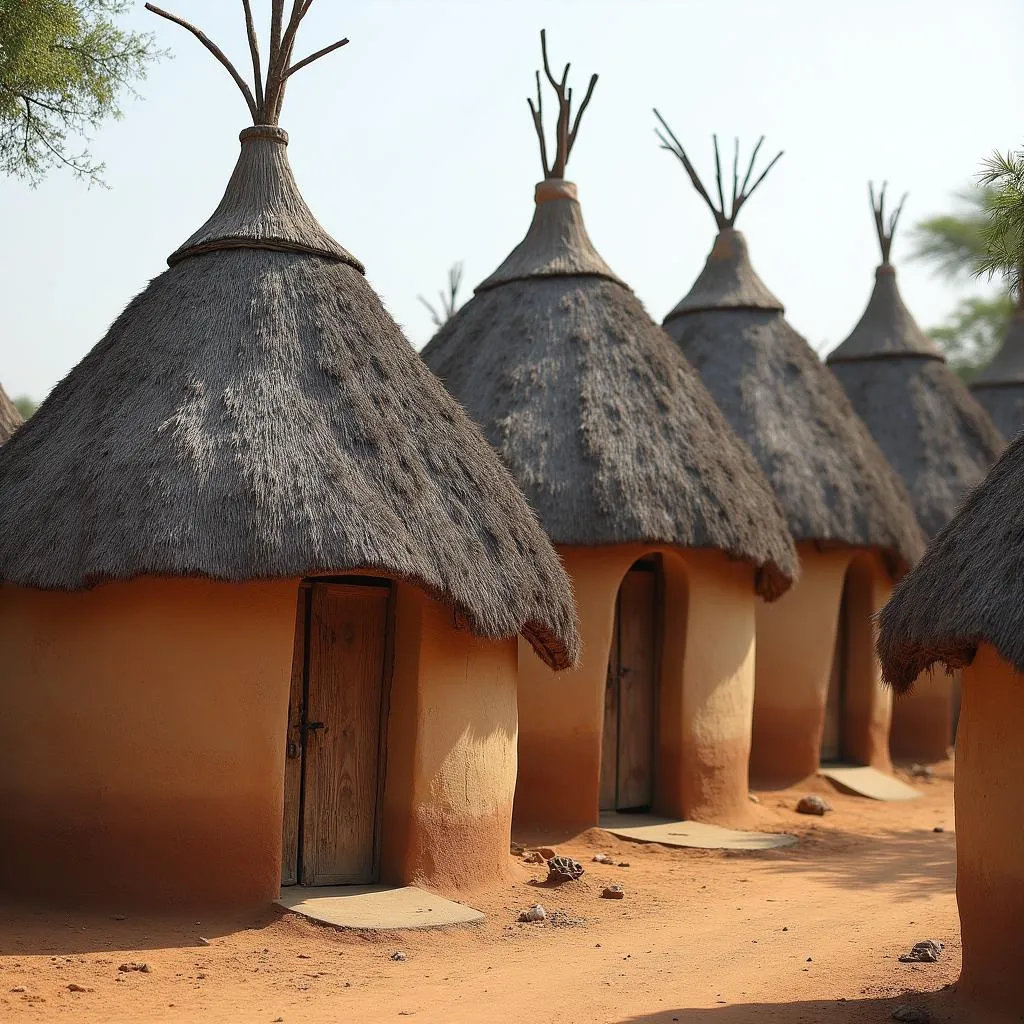The Grace and Grit of the African American Ballerina
From Misty Copeland’s history-making rise to principal dancer at the American Ballet Theatre to the countless aspiring dancers gracing studios across the nation, the African American Ballerina embodies a story of perseverance, artistry, and the relentless pursuit of dreams. Their journey, often paved with challenges and triumphs in equal measure, is a testament to the power of passion and the evolving narrative of ballet in America.
A Legacy Forged in Resilience: Overcoming Barriers in the Ballet World
The history of African American ballerinas is inextricably linked to the struggle against racial prejudice and discrimination. For decades, ballet, with its roots in European aristocracy, remained a predominantly white space. Black dancers faced immense barriers, from outright exclusion to limited opportunities for training and recognition. Despite these hurdles, pioneering dancers like Raven Wilkinson, who endured segregation and racism during her time with the Ballet Russe de Monte Carlo, and Judith Jamison, renowned for her powerful performances with the Alvin Ailey American Dance Theater, bravely challenged the status quo. Their artistry and unwavering spirit paved the way for future generations.
More Than Just Dancers: Redefining Beauty and Representation
The impact of the African American ballerina extends far beyond the stage. Their visibility serves as an inspiration to countless young dancers, particularly those of color, who see themselves reflected in these graceful and powerful figures. By defying stereotypes and embodying excellence in a traditionally exclusive art form, they help to broaden the definition of beauty and what it means to be a ballerina.
This representation is crucial, especially for young girls who are bombarded with narrow and often unattainable beauty standards. Seeing someone who looks like them achieving their dreams in a field like ballet can be incredibly empowering and fosters a sense of belonging.
A Celebration of Diversity: The Future of Ballet
The landscape of American ballet is evolving, becoming more inclusive and representative of the diverse society it reflects. The rise of organizations like Dance Theatre of Harlem, founded by Arthur Mitchell, the first African American principal dancer at the New York City Ballet, has been instrumental in nurturing the talents of young Black dancers and providing them with opportunities to hone their craft.
The influence of African American culture is also increasingly evident in contemporary ballet. Choreographers are incorporating elements of African and diaspora dance traditions, music, and storytelling, adding new dimensions and perspectives to the art form. This fusion not only celebrates the richness of Black culture but also pushes the boundaries of ballet, making it more vibrant and relevant to a wider audience.
FAQs: Celebrating the African American Ballerina
1. Who are some other notable African American ballerinas?
Besides Misty Copeland, Raven Wilkinson, and Judith Jamison, the ballet world celebrates the contributions of Michaela DePrince, Lauren Anderson, and Desmond Richardson, among others. Their achievements continue to inspire aspiring dancers worldwide.
2. How can I support young African American dancers?
Consider supporting organizations like Dance Theatre of Harlem or local community ballet programs that provide scholarships and opportunities for underrepresented youth. Attending performances by African American ballet companies and dancers is another great way to show your support.
Beyond the Stage: Exploring the African American Ballerina
The journey of the African American ballerina is a powerful narrative of talent, resilience, and the pursuit of excellence. They remind us that beauty comes in many forms and that the pursuit of one’s dreams is a powerful act of defiance against societal norms. As we celebrate their artistry and contributions to the world of dance, we also acknowledge the ongoing work needed to create a truly inclusive and equitable space for all dancers to thrive.
For further exploration of African American culture and its impact on the world, we invite you to explore these related articles:
- African American Ballerina Music Box: Discover the beauty and cultural significance of African American ballerina music boxes.
- African American Ballerina Jewelry Box: Explore the artistry and craftsmanship of African American ballerina jewelry boxes.
Let us continue to celebrate the grace, grit, and artistry of African American ballerinas, both past and present, as they continue to redefine ballet and inspire generations to come.
Need assistance or have questions? Contact us at:
Phone: +255768904061
Email: kaka.mag@gmail.com
Address: Mbarali DC Mawindi, Kangaga, Tanzania
Our dedicated customer support team is available 24/7 to assist you.
